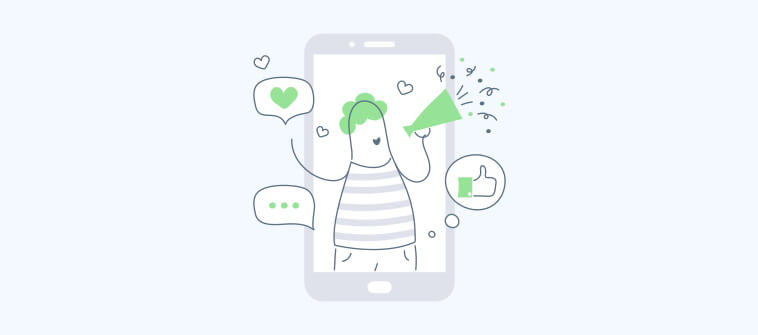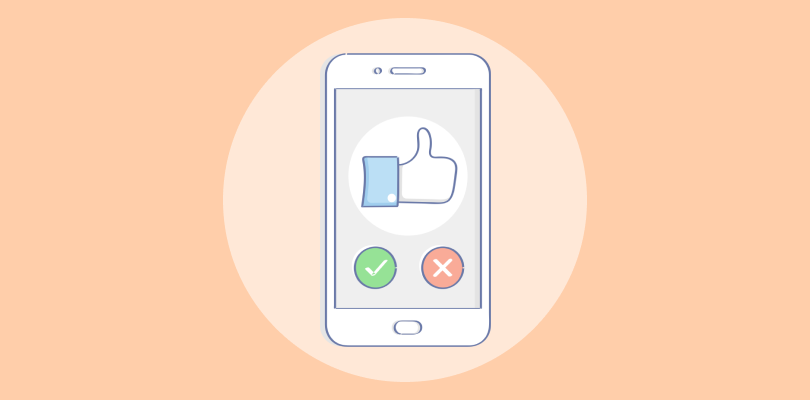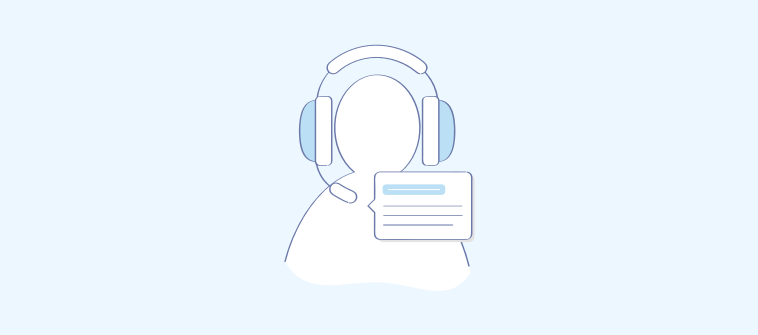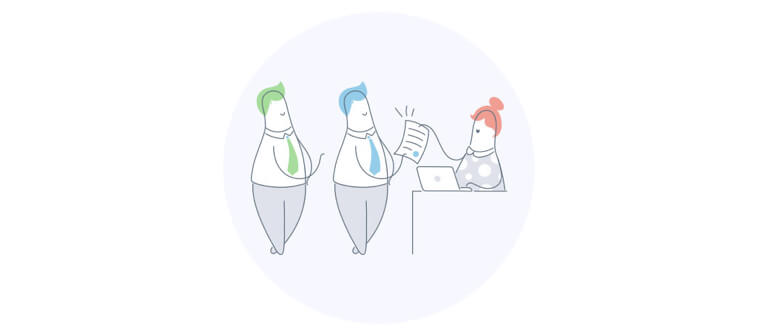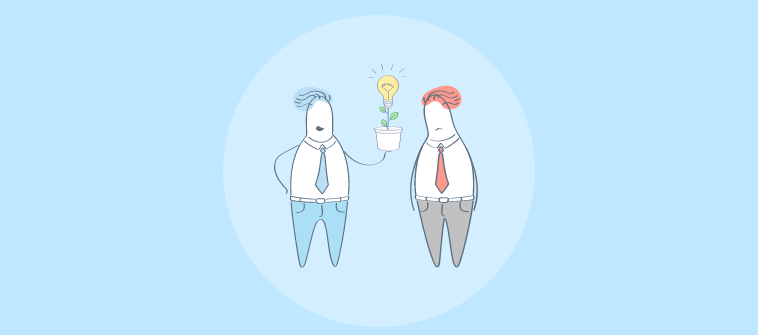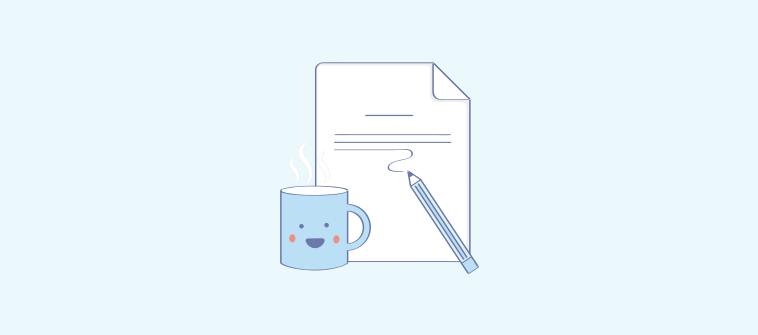In my 10+ years in customer support, I’ve learnt that retaining customers is far cheaper and more practical than chasing new ones. But it’s also far trickier.
A well-built customer retention strategy isn’t just about keeping people happy; it’s about anticipating their needs, answering their questions, keeping them engaged, and ensuring they never feel the itch to shop around.
I’ve seen businesses lose loyal clients not because of bad products but because of clunky support, generic engagement, and fragmented communication. Customers today don’t just expect quick resolutions but also proactive care, personalized touches, and seamless service across every channel.
But retention doesn’t have to feel like juggling fire. With the right customer retention strategy, you can turn fleeting interactions into long-term loyalty. By the end of this guide, you’ll have actionable strategies, real examples, and a roadmap for building effective retention programs.
What Is Customer Retention?
Customer retention refers to a company’s ability to keep existing customers engaged, satisfied, and loyal over time. Rather than constantly chasing new customers, strong retention strategies ensure clients continue to renew, repurchase, or expand their relationship with your business.
It’s about building long-term trust and value, which directly reduces churn and increases lifetime revenue.
For example, imagine a SaaS company that uses a help desk system with automated ticket routing, self-service portals, and proactive follow-up emails.
By quickly resolving issues and empowering users to find answers independently, the company improves customer satisfaction and encourages long-term loyalty, turning one-time buyers into repeat subscribers.
Let me show you a real-life example of how Shaver Shebang, a North Carolina-based e-commerce company, reduced its response time, boosted retention, and improved customer satisfaction:
True Value of Customer Retention: ROI & Benefits
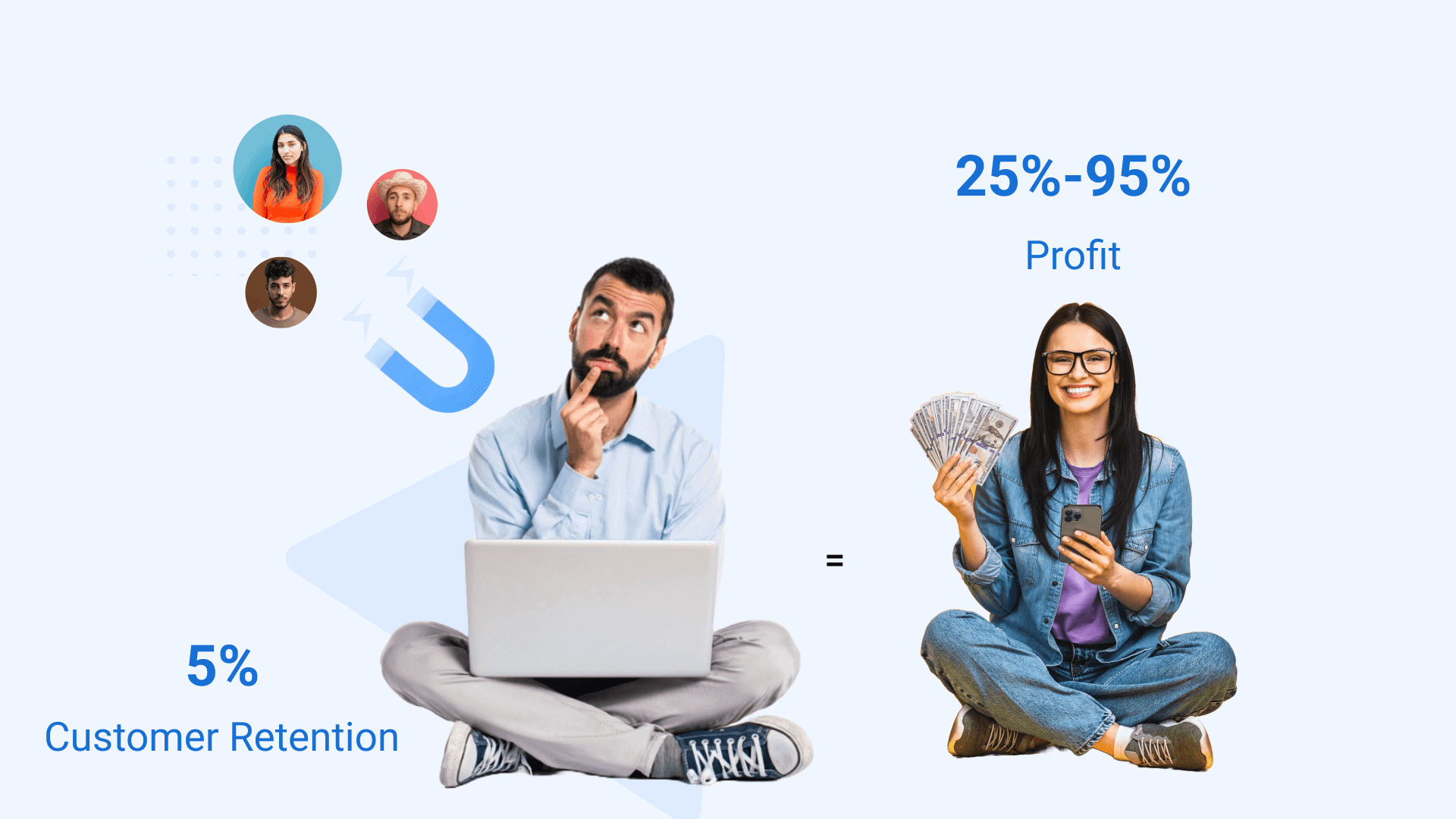
High customer retention rates indicate customer satisfaction, trust in the brand, and a higher likelihood of repeat purchases.
According to research done by Frederick Reichheld of Bain & Company (the inventor of the net promoter score), a 5% increase in customer retention can increase profits by 25 to 95%.
Here are some more customer retention benefits:
- Lower Costs: Retention avoids high acquisition spending, saving up to 5x compared to finding new customers.
- Higher Profits: Small gains in retention directly translate into significant profit increases through repeat purchases and referrals.
- Predictable Revenue: Loyal customers ensure steadier income streams and reduce reliance on aggressive marketing.
- Faster Upsells & Renewals: Existing customers already trust your brand, making it easier and cheaper to close repeat sales.
- Word-of-Mouth Marketing: Retained customers naturally become brand advocates, spreading positive awareness at no extra cost.
Mini Budget Snapshot: Cost vs. Return
Loyalty Program Costs: $10,000 annually (discounts, perks, rewards platform).
Revenue Impact: If just 500 customers spend an extra $200 each through retention-driven engagement, that’s $100,000 additional revenue.
Net ROI: 10x return on investment.
Customer retention is about keeping clients happy, securing long-term profitability, and keeping customer acquisition costs in check.
Modern Challenges in Customer Retention
Economic shifts, rising customer expectations, and fragmented communication channels all contribute to pushing customers away.
To retain them, businesses need to understand these challenges deeply and respond with practical strategies.
1. Economic & Market Pressure
Customers are more price-sensitive and constantly comparing alternatives. Even small increases in cost or missed value can send them to competitors.
How to Solve:
Focus on delivering measurable value—offer loyalty programs, flexible pricing options, or bundled services that reinforce cost-effectiveness.
2. Support Channel Fatigue
Customers interact through email, chat, phone, and social media, but disjointed experiences across channels erode trust and loyalty.
How to Solve:
Use an omnichannel help desk to unify all interactions in one dashboard, ensuring customers don’t have to repeat themselves.
3. Evolving Customer Expectations
What was once considered “good service” is now the bare minimum. Delays, generic communication, or unresolved issues cause churn faster than ever.
How to Solve:
Implement proactive support vs a reactive one with automated follow-ups, personalized communication, and self-service portals that give customers instant solutions.
4. Lack of Personalization
Treating every customer the same often makes them feel undervalued. Generic emails or non-contextual support discourage long-term loyalty.
How to Solve:
Leverage CRM and help desk integrations to deliver personalized experiences, from tailored product recommendations to custom support workflows.
5. Poor Feedback Loops
Many businesses fail to capture or act on customer feedback, which makes users feel unheard and unimportant.
How to Solve:
Use built-in survey tools and ticket feedback options to continuously gather insights and adjust retention strategies based on customer voice.
What Are Some Actionable Strategies for Customer Retention?
Customer retention isn’t achieved with one-off gestures but is built systematically. A 30-60- 90-day roadmap ensures you start with quick wins, build sustainable systems, and deepen customer relationships over time.
1. Automate Customer Service With Help Desk Software (0–30 days)
When customers feel heard and supported, they’re far more likely to stay loyal and continue their relationship with your brand. According to a study, a whopping 95% of customers said that good customer service is essential for brand loyalty.
Automating customer service with a help desk ticketing system is a powerful strategy for enhancing customer retention.
An efficient ticketing system automates support processes, ensuring timely and efficient handling of customer inquiries, which boosts satisfaction and loyalty.
Here are some key automation features you should know:
- Automated Ticket Creation & Assignment: Help desk software automatically generates and assigns tickets to agents based on predefined rules. This ensures that customer issues are directed to the appropriate team members without delay, speeding up response times and improving overall efficiency.
- AI-Generated Responses: Typing an entire response to a customer complaint or query is a thing of the past. Thanks to AI-powered help desk systems like ProProfs Help Desk, you can leverage AI features like ticket summarization and response suggestions to reply to customers in seconds. AI can quickly read a message, give you a short summary of what it’s about, and suggest the best way to reply.
Watch this short video to see AI help desk features in action:
2. Leverage Self-Service & Knowledge Base (30–60 Days)
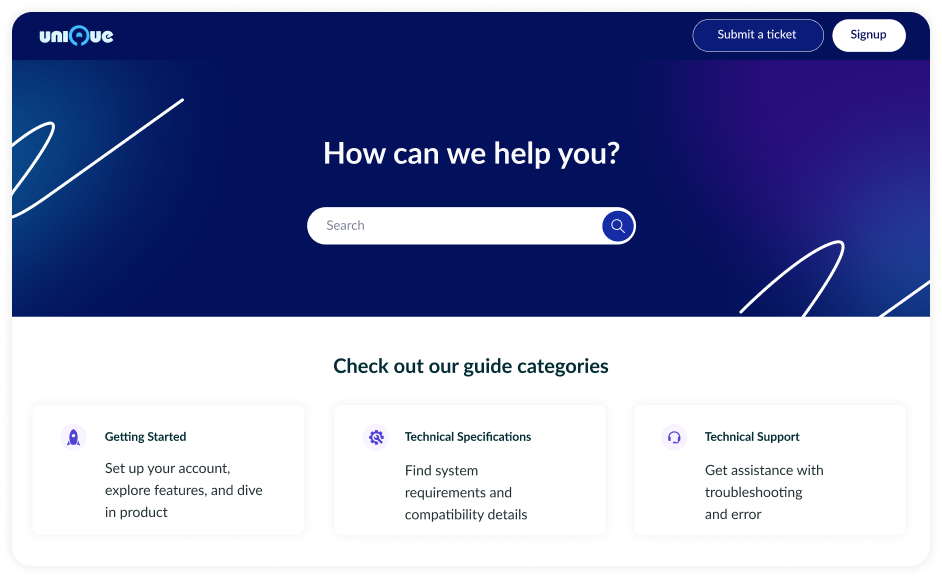
By the second month, customers expect efficiency and independence. A well-structured knowledge base reduces repetitive inquiries and empowers customers to solve problems on their own.
Action Steps:
- Build or optimize a searchable help center with FAQs and product tutorials.
- Add feedback widgets on help articles to refine content.
- Create interactive walkthroughs or video explainers for common queries.
Measure Success:
Monitor article searches, content engagement, and reduction in repeat tickets.
3. Personalize Engagement & Rewards (60–90 Days)
Once customers are comfortable with your product, the next focus is building loyalty. Personalized engagement shows you understand their needs, while rewards incentivize long-term retention.
Action Steps:
- Launch personalized loyalty programs with discounts, points, or tiered benefits.
- Send behavior-based email campaigns (renewals, upsell offers, “we miss you” nudges).
- Segment customers by lifecycle stage to tailor engagement.
Measure Success:
Track repeat purchases, subscription renewals, and engagement rates.
4. Strengthen Omnichannel Consistency (0–90 Days)
Fragmented communication frustrates customers. Delivering consistent support across channels ensures that no matter where customers engage, they get the same quality experience.
Action Steps:
- Unify customer interactions across email, live chat, phone, and social media.
- Ensure consistent tone, response time, and escalation workflows.
- Use customer history to personalize support across every channel.
Measure Success:
Track first-contact resolution rates and customer satisfaction across channels.
5. Invest in Customer Education (30–90 Days)
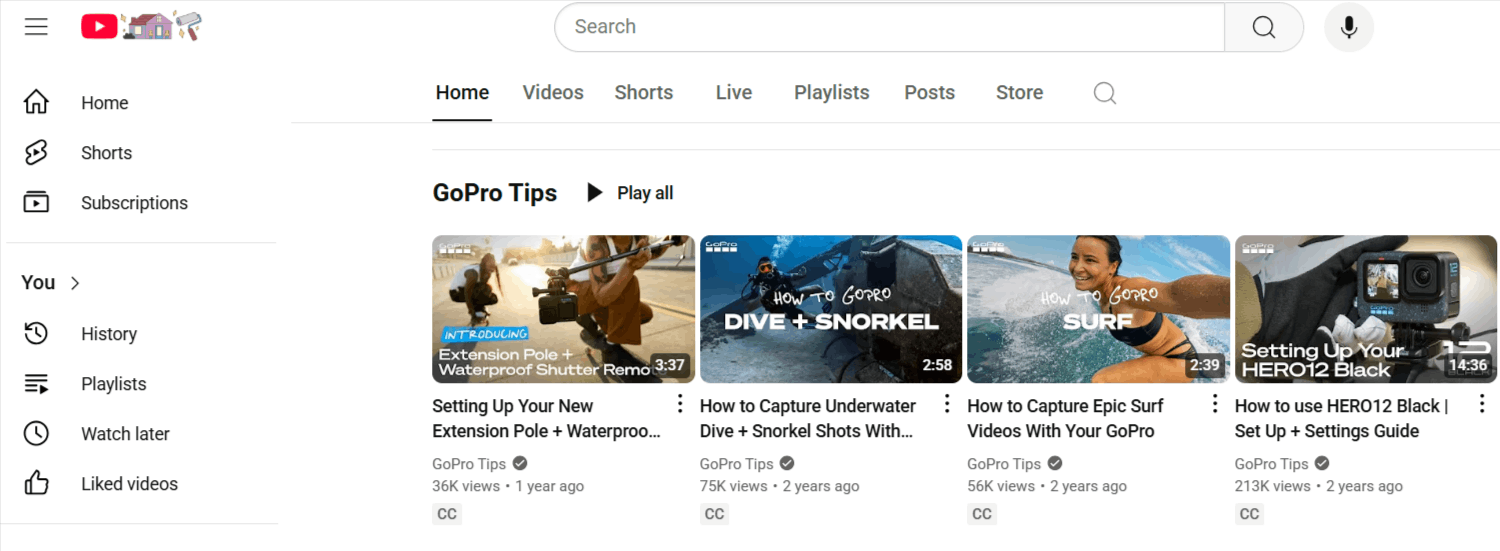
Retention improves when customers are educated and confident in using your product. Training resources reduce dependency on support teams and accelerate adoption.
Action Steps:
- Develop onboarding webinars, short video lessons, and quick-start guides.
- Create customer success playbooks for high-value accounts.
- Encourage engagement on community-driven forums or peer-to-peer groups.
Measure Success:
Track training completion, reduce onboarding time, and product adoption metrics.
6. Build Feedback Loops & Act on Insights (30–90 Days)
Customers stay longer when they see their feedback shaping the product. Establish continuous feedback loops to spot customer churn risks and show that customer voices drive decisions.
Action Steps:
- Use analytics to spot churn risks early (e.g., declining product usage).
- Launch regular feedback surveys (post-support, quarterly NPS).
- Share feedback insights across teams (sales, product, support) to drive improvements.
Measure Success:
Track response rates, churn reduction, and implemented product improvements.
FREE. All Features. FOREVER!
Try our Forever FREE account with all premium features!
Examples of Customer Retention from Popular Brands
Successful brands know how to retain customers to take their business forward. Here are 5 customer retention examples to inspire you:
1. Canva Shares Knowledge With Customers
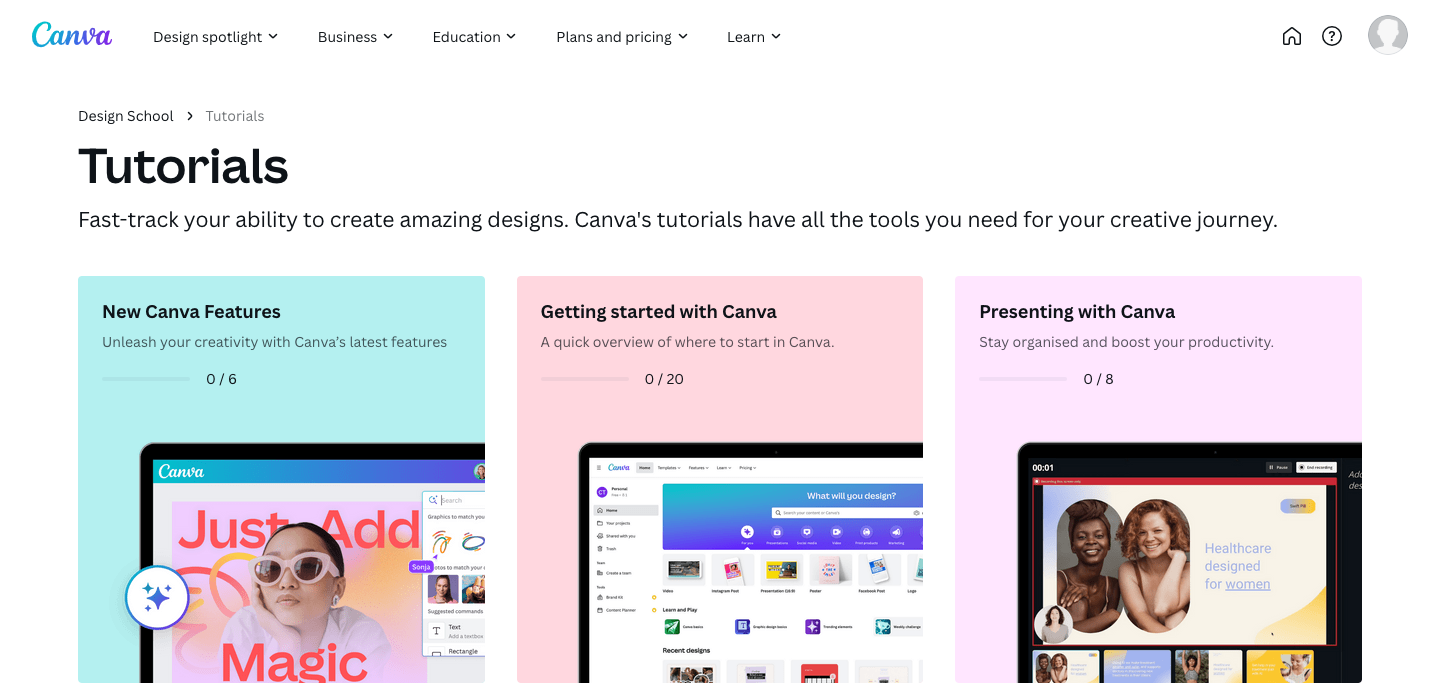
Image Source: Canva
To retain your customers, just offering your product or services to customers is not enough. To foster a strong bond, it is essential to be a part of their overall learning process and improve their lives.
Canva does an excellent job of providing customers with educational content that can eventually help them become better designers or artists.
The Canva Design School was launched with the objective of creating courses, how-to guides, and video tutorials to help customers use its product better and hone their skills.
2. Uber Has Mastered the Customer Feedback Loop
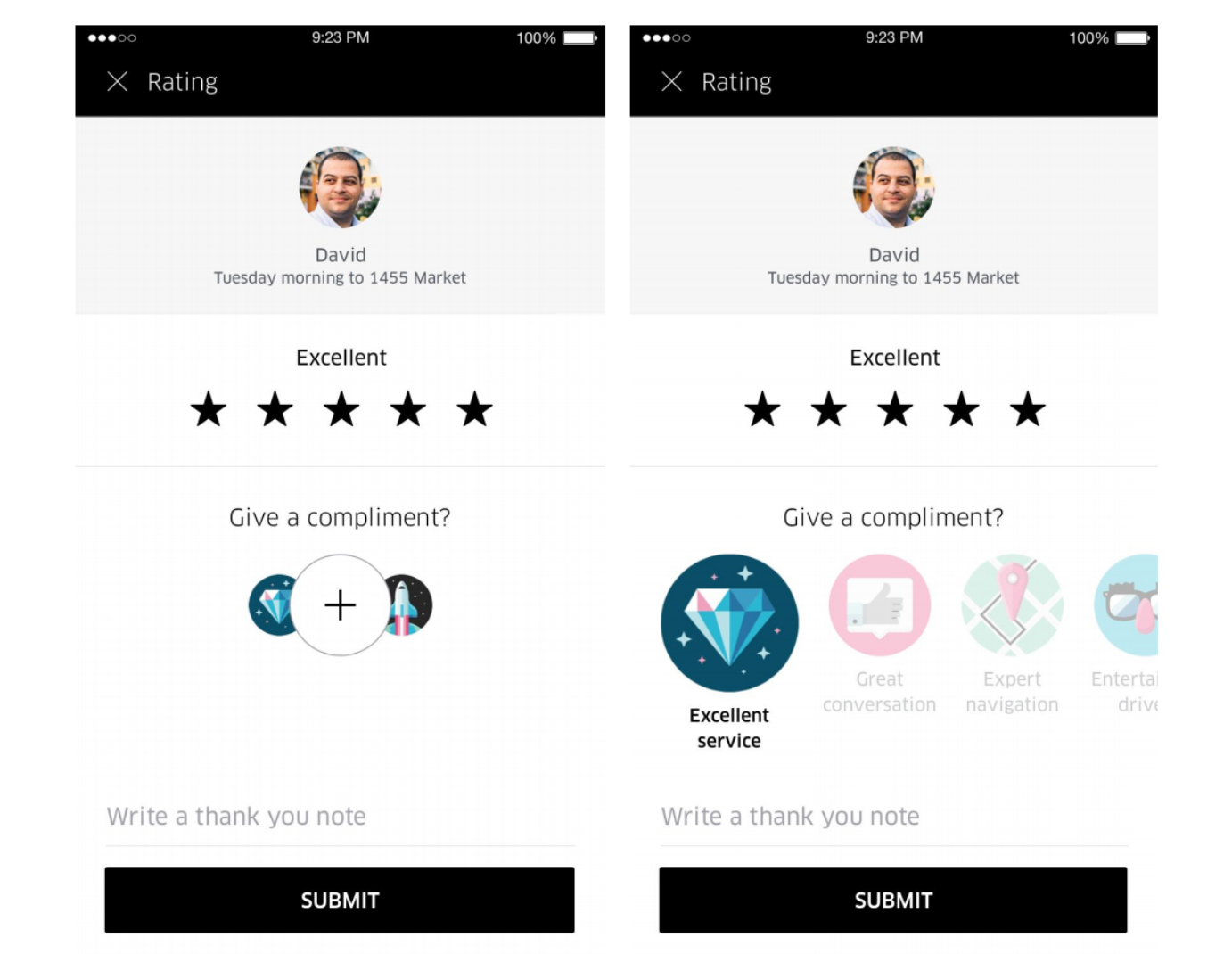
Image Source: Techcrunch
Collecting customer feedback is one thing, but incorporating it into your business process is another. Uber, the popular ride-hailing app, has successfully created a feedback loop that benefits customers, drivers, and eventually the company.
Customers can rate their drivers after completing the ride. The company captures this feedback in real-time and gives a rating to the driver. This simple yet constant feedback process has allowed Uber to identify and eliminate problem drivers to improve the customer experience.
3. JetBlue Excels at Social Media Customer Service
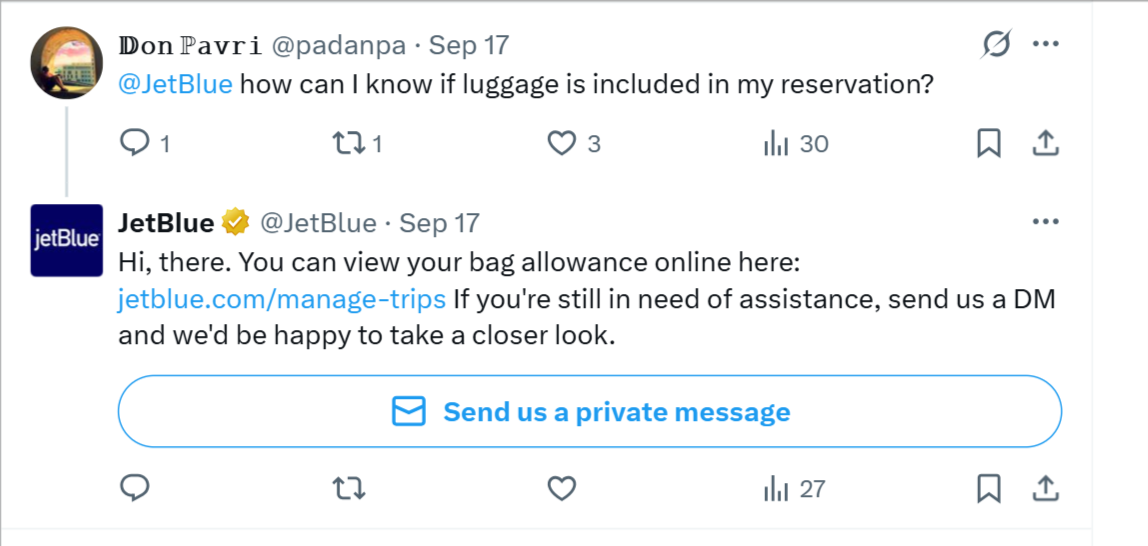
Image Source: X.com
A single negative online review can scare away potential customers and make existing customers doubt their decision. Modern brands have realized the potential of social media to offer quick assistance to customers and save their business from a bad reputation.
A great example is JetBlue Airways, which undoubtedly has one of the strongest customer service accounts on “X” (formerly Twitter). The brand is quick to follow up with customers who have had a negative experience or are looking for immediate assistance.
How to Calculate Customer Retention Rate
The customer retention rate is the percentage of customers who were loyal to your business over any given period of time.
To calculate customer retention rate (CRR), you first need to decide the time period for which you want to measure, and then identify the following:
- Number of customers at the start of the given time period
- Number of customers at the end of that period
- Number of new customers added over the duration of that period
Once you have identified all these factors, it’s time to use the formula below:

How to Measure Retention Strategy Outcomes
A retention strategy only proves its value when backed by measurable outcomes. Tracking the right metrics not only shows what’s working but also highlights where improvements are needed.
Key Metrics to Track:
- Churn Rate: The percentage of customers who leave within a given time frame. A declining churn rate is a strong indicator of retention success.
- Repeat Purchase Rate: Measures how often customers come back. Higher rates show stronger loyalty and brand trust.
- Customer Lifetime Value (CLV): Calculates the total revenue expected from a customer over their entire relationship with your business.
- Support Satisfaction Scores (NPS/CSAT): Directly link service quality to customer loyalty by capturing feedback after each interaction.
How to Monitor:
- Use help desk dashboards to track churn monthly and monitor retention cohorts over time.
- Measure average handling time (AHT) and ticket resolution speed to identify how support quality influences loyalty.
- Leverage knowledge base analytics to see if customers are engaging with self-service resources before reaching out for support.
Benchmarking:
- Compare your results against industry standards to set realistic goals. For example:
- SaaS businesses often face monthly churn rates of 3–5%, while top performers maintain below 2%.
- Retail typically aims for a 25–40% repeat purchase rate, depending on product category.
- Regular benchmarking helps identify whether performance dips are internal issues or industry-wide trends.
Industry Comparisons & Use Cases
Retention strategies look different depending on the size and maturity of the business.
Here’s how small, medium, and enterprise teams typically approach customer retention and what to expect in terms of budget, impact, and pitfalls.
1. Small Businesses
Small businesses often rely on low-cost, high-touch approaches that build trust without straining budgets.
Personalized check-ins, birthday emails, or quick knowledge base tips can help keep customers engaged.
- Sample Budget: $100–$500/month (mostly for email automation tools, basic help desk, or KB software).
- Time-to-Impact: 1–2 months, since customers notice personal outreach quickly.
- Common Pitfalls: Over-reliance on manual processes, difficulty scaling as the customer base grows, and inconsistent follow-up.
2. Medium Teams (e.g., SaaS)
For SaaS companies and growing teams, retention requires scalable automation and personalization.
Automated NPS surveys, CRM integrations, segmented customer support, and loyalty tiers help strike a balance between efficiency and customer care.
- Sample Budget: $1,000–$5,000/month (CRM integrations, help desk platforms, customer success software).
- Time-to-Impact: 3–6 months, as retention metrics like churn rate and upsell take time to show results.
- Common Pitfalls: Failing to act on survey data, overcomplicating loyalty programs, or creating siloed customer experiences across channels.
3. Enterprises
Enterprises need enterprise-grade retention strategies powered by AI and advanced analytics.
AI-driven chatbots, customer health dashboards, predictive churn analysis, and multi-channel orchestration ensure retention at scale across global teams and customer bases.
- Sample Budget: $50,000+/year depending on integrations with ERP, CRM, and AI-driven analytics platforms.
- Time-to-Impact: 6–12 months, as enterprise rollouts require onboarding, training, and process alignment.
- Common Pitfalls: Overengineering the tech stack, lack of adoption across departments, and focusing too much on tools instead of customer experience.
FREE. All Features. FOREVER!
Try our Forever FREE account with all premium features!
Best Practices for Sustainable Customer Retention
To keep customers engaged for the long haul, strategies must be consistent, repeatable, and anchored in empathy.
Here are the best practices that help build loyalty and trust that last.
- Ensure every retention initiative is easy to replicate and maintain across teams. Short-term “quick wins” won’t work if they can’t scale.
- Sales, support, product, and marketing all help improve the customer experience. Shared goals reduce silos and strengthen retention strategies.
- Every strategy should feel tailored to customer needs. Demonstrating empathy and proactively solving pain points builds trust faster than discounts alone.
- Segment customers based on behavior and preferences, then tailor communications, rewards, or support accordingly.
- Tie retention strategies to clear KPIs like churn, repeat purchases, or NPS. Regularly review results and refine approaches to keep improving.
- AI-powered chatbots and automated follow-ups work well at scale, but human support is essential for complex, emotional, or high-value interactions.
- Retention starts on day one. A smooth, guided onboarding ensures customers see value quickly, reducing early churn.
- Go beyond points programs. Offer exclusive content, early access, or personalized perks that make customers feel valued.
- Customer expectations change in downturns. Flexible pricing, empathy-driven support, and transparency help maintain loyalty during tough times.
Use Retention Strategies to Drive Customer Loyalty
Customer retention is not only a strategy but also the backbone of profitability. In today’s competitive conditions, keeping existing customers engaged ensures steady revenue, reduced churn, and stronger lifetime value.
The 30-60-90 day roadmap we outlined provides a clear path to results, delivering proactive support early, scaling with self-service, and deepening loyalty with personalization. Even small improvements in retention can create outsized ROI.
With ProProfs Help Desk, you can pilot these strategies using built-in features like analytics dashboards, automation workflows, and customer feedback tools. Its AI capabilities, like intelligent ticket routing, sentiment analysis, and automated replies, help teams act faster, personalize support, and continuously improve retention outcomes.
 Tips
Tips
We’d love to hear your tips & suggestions on this article!
FREE. All Features. FOREVER!
Try our Forever FREE account with all premium features!

 We'd love your feedback!
We'd love your feedback! Thanks for your feedback!
Thanks for your feedback!


